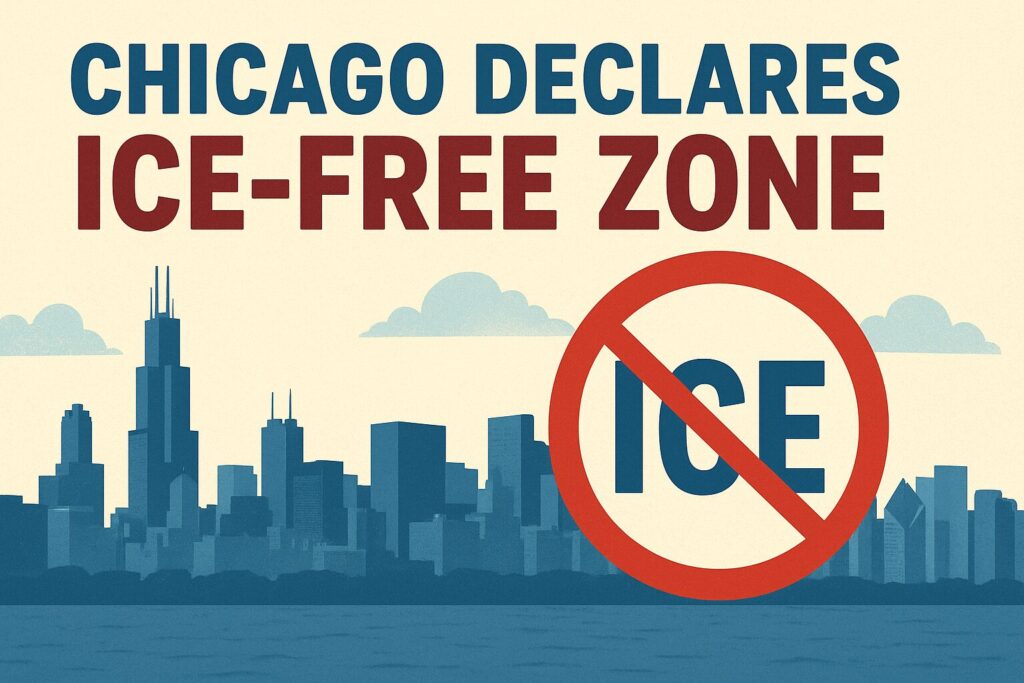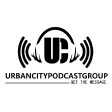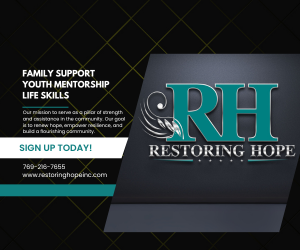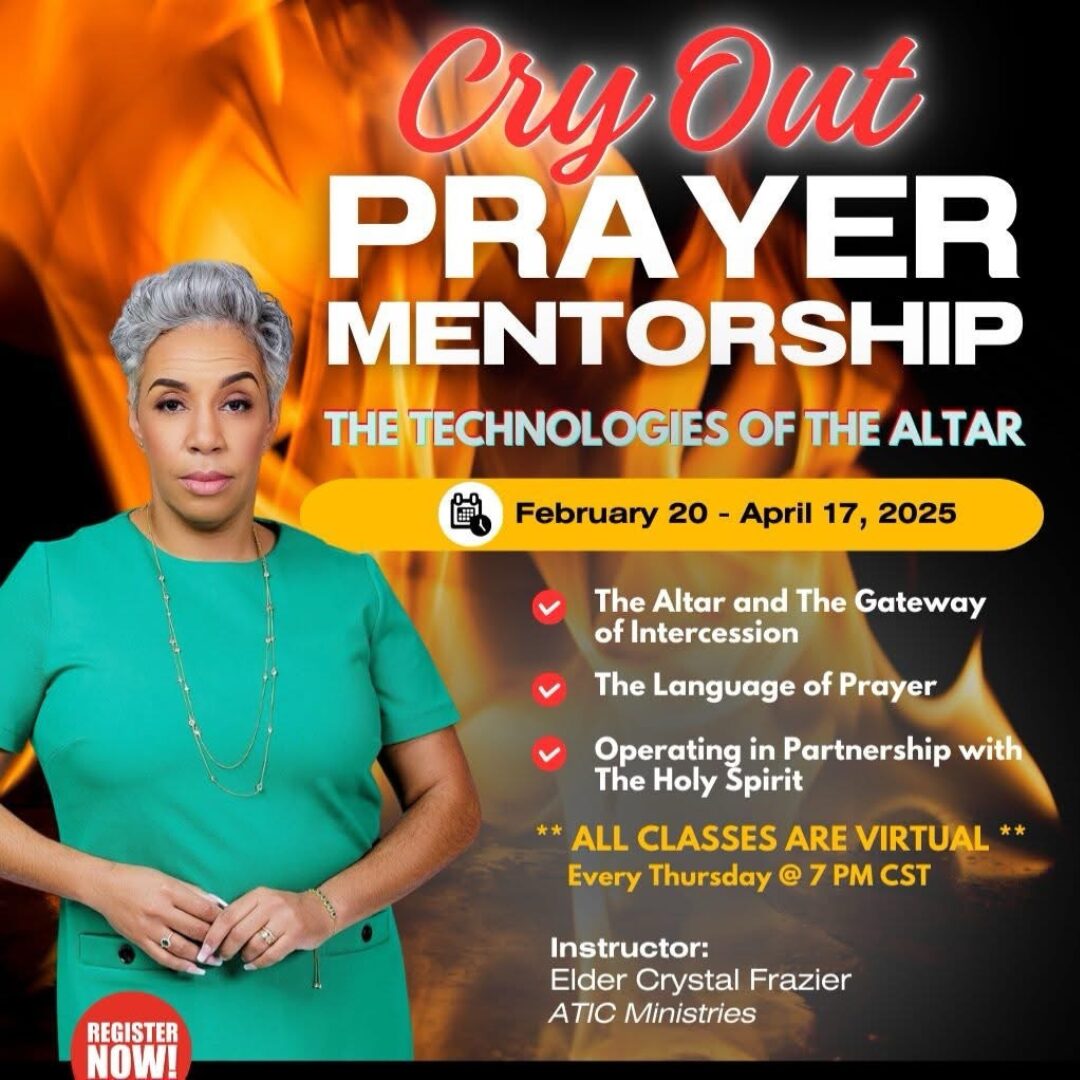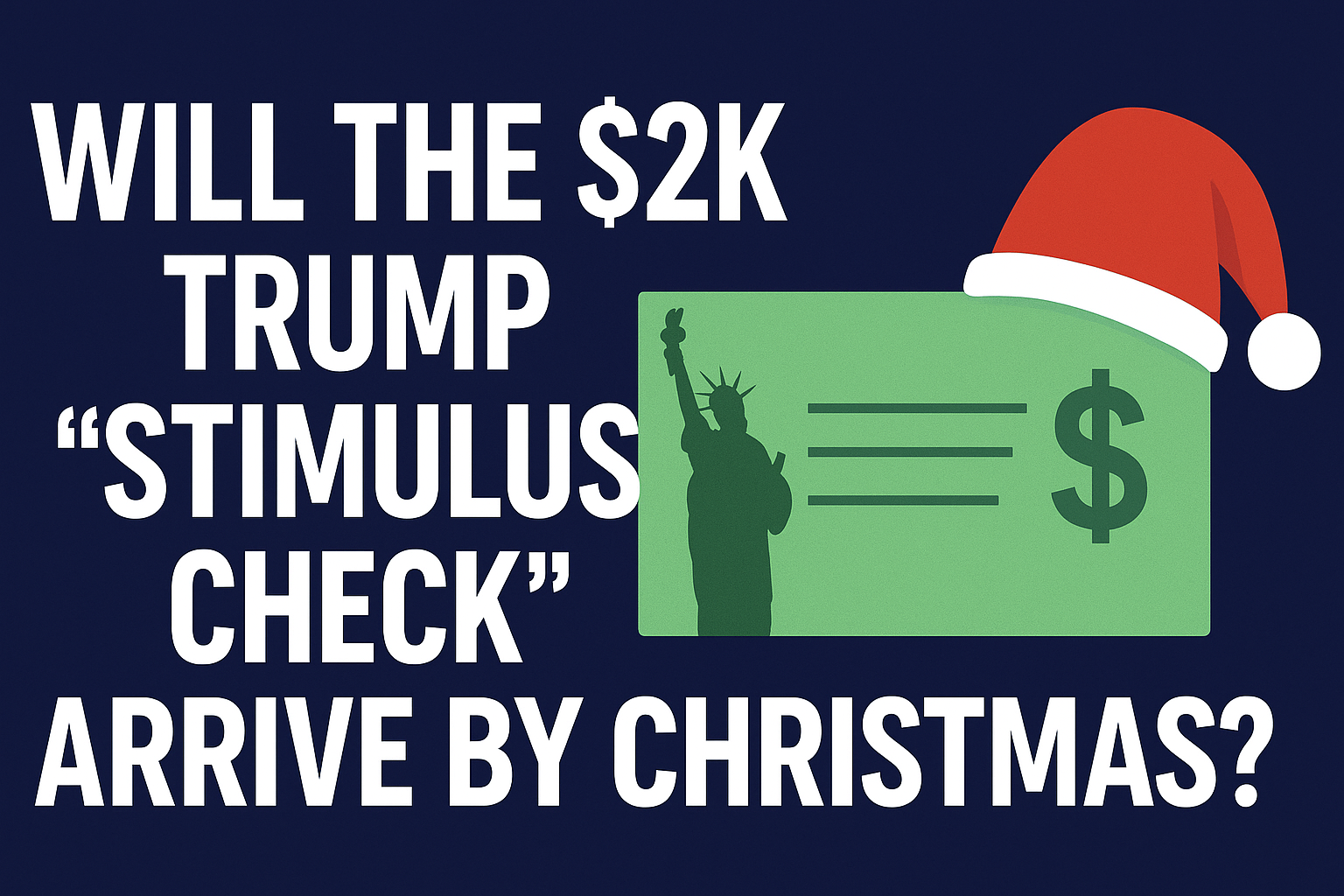Major Takeaways:
Chicago’s ICE-free zones prohibit federal immigration agents from operating on city property without a valid warrant, creating a layer of legal protection for residents.
Trump’s renewed crackdown has led to hundreds of arrests in Black and Latino neighborhoods, heightening fear and distrust toward law enforcement.
Community leaders and residents view the ICE-free zones as both a symbolic stand for civil rights and a practical response to federal overreach
Chicago Declares ICE Free Zones Amid Trump Crackdown: Black and Brown Communities on Edge
It is early October 2025. The streets of Chicago feel different, tense and watchful. In neighborhoods that have long been overpoliced yet underprotected, people whisper about helicopters, federal agents, and a new executive order that sounds like both a shield and a provocation.
Mayor Brandon Johnson has signed an order establishing ICE free zones across the city, spaces where federal immigration agents cannot operate without valid warrants, at least not on city property. Schools, parks, and libraries become off limits for ICE to use as staging grounds or processing bases. This is a counterpunch to Trump’s immigration crackdown, including the ongoing Operation Midway Blitz in the Chicago area, which has resulted in hundreds of arrests in recent weeks.
But what does this mean on the ground, especially for Black and Latino neighborhoods already facing decades of disinvestment, policing, and distrust?
The Context: Crackdowns, Raids, and Fear
To understand the stakes, we have to see what is happening now.
Federal agents have used militarized tactics, including helicopters, chemical agents, unmarked trucks, and sudden raids in the early morning. One raid in the South Shore neighborhood, a predominantly Black area, resulted in 37 arrests and claims of U.S. citizens and minors being detained, doors forced open, residents zip tied, and windows broken. More than 1,000 immigrants have been arrested in the broader crackdown in and around Chicago since it began.
The Broadview processing center, a suburb just west of Chicago, has drawn protests. Detainees report overcrowded conditions, lack of food or water, limited access to medical care, and little communication with attorneys or family. Illinois and Chicago have filed lawsuits trying to block the deployment of National Guard troops and restrict what the federal government can do in the city.
So the move to establish ICE free zones is not happening in a vacuum. It is a direct response to what many see as unchecked federal force, especially in minority neighborhoods.
The Story: How Residents Feel It
In Woodlawn, Ana (a pseudonym) is a schoolteacher. Her classroom borders a city park. She is frightened that ICE agents might raid late at night, using the school property as a staging zone, grabbing someone they think is undocumented. The ICE free zone order gives her a small breath of relief. She remarks, “It means my students can walk home from the library without wondering if they will vanish on the way.”
In Bronzeville, James, a bus driver, remembers a cousin who was detained despite having legal papers, mistaken identity, poor communication, and no recourse. He sees the ICE raids as part of the same machinery that has long policed their streets. He does not trust that federal agents will distinguish criminals from everyday workers.
In Pilsen, a heavily Latino section, Maria’s uncle was taken during a raid while delivering food. He called from a cell phone only briefly. The community is organizing legal hotlines, church networks, and school liaisons to warn families when ICE is reported in the area.
These are real stories. They rarely make front pages. But in hallways, barbershops, and churches, the fear is alive and pulsing.
What ICE Free Zones Really Do and Do Not
What they do:
Reduce federal overreach
On city land such as schools, parks, and libraries, ICE agents cannot simply enter or use those spaces as processing centers or staging areas unless they have proper warrants.Reaffirm constitutional rights
The city frames the move as defending due process, civil liberties, and the dignity of undocumented and documented residents alike.Send a political message
Chicago is signaling it will not cower under federal aggression. The city and Illinois are suing to block troop deployments and push back legally.
What they do not guarantee:
They do not stop ICE from entering private property or public streets or targeting people in their homes, especially if they have a warrant or court order.
They do not prevent all collateral harm. People who look wrong get stopped, questioned, or intimidated.
They do not make anyone completely safe. Federal operators can still act, especially if they claim urgent circumstances or national security.
The protections are only as strong as the legal backing. If the federal government challenges the executive order and wins in court, the zones could be struck down or limited.
The Stakes for Black and Brown Communities
Many immigrants are already working in the margins, holding service jobs, construction work, or domestic care roles in Black and brown neighborhoods. When raids escalate, that workforce shakes, incomes fall, and entire households go hungry.
Trust in law enforcement is already fractured in many of these communities. When ICE shows up, many will not call the police, even if they witness crime, for fear of being ensnared themselves. That undercuts public safety and community cooperation.
Children caught in the middle suffer deeply. Imagine siblings waking up to agents busting down doors in a mixed status household. Even if the children are U.S. citizens, trauma builds.
Businesses in Latino and Black areas may hesitate to let city or private spaces join the protection network for fear of retaliation. Some private property owners will not participate.
If the executive order is blocked, communities could be back to square one, with less trust, more trauma, and deeper scars.
The Broader Angle: The Urban City Podcast Lens
What this tells us is that policy fights are not just about laws. They are about who gets to live without fear in this city. The marginalized, Black, brown, and immigrant communities are the ones in the crosshairs.
For Urban City’s audience, the people who live in neighborhoods, who ride the CTA, who see kids playing in alleyways, this is personal. This is not a distant immigration debate. It is whispering at your door at midnight.
When we publish this on the podcast, we will need voices: a teacher in Woodlawn, an organizer in Pilsen, someone detained, someone free but afraid. We will need to push our listeners to ask what it means for their neighborhood if ICE shows up at a school down the block. What does urban justice look like when a city claims safe zones for immigrants?
Chicago’s ICE free zones are a bold move. They are not guaranteed or total, but they are a declaration that this city will protect its people or at least try to. Whether that claim holds will depend on legal fights, community pressure, and resilience.

